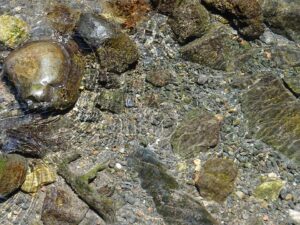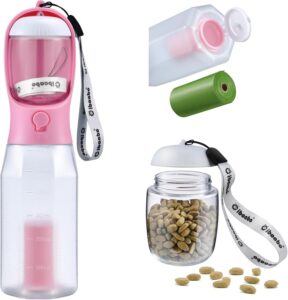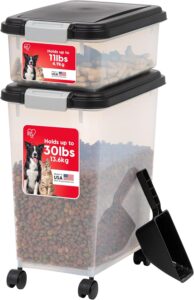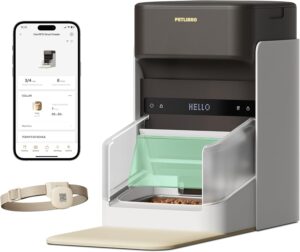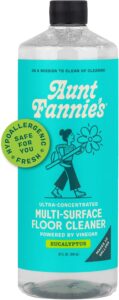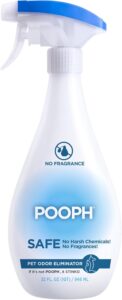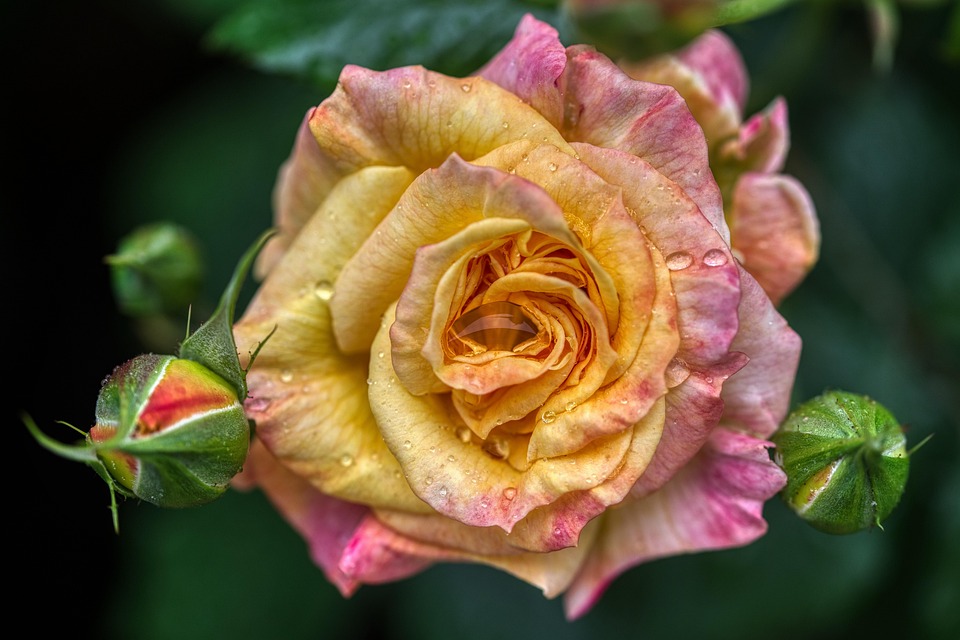
“`html
Mastering Reptile Care: The Ultimate Guide to Creating Optimal Humidity for Your Exotic Pets
Owning a reptile or exotic pet is a rewarding experience that offers a unique glimpse into the diversity of the animal kingdom. However, these fascinating creatures often have specific environmental needs that differ significantly from those of more common pets like cats and dogs. One crucial aspect of reptile care is maintaining the appropriate humidity levels in their enclosures. Proper humidity is essential for the health, comfort, and longevity of your exotic pet. This guide will explore the importance of humidity, how to measure it, and the best practices for maintaining optimal levels.
The Importance of Humidity for Reptiles
Humidity is a critical factor in the well-being of reptiles and exotic pets. These animals often originate from diverse habitats with specific humidity levels that are essential for their survival. Inadequate humidity can lead to a myriad of health problems, including respiratory issues, dehydration, and improper shedding. Conversely, excessive humidity can promote mold growth and lead to skin infections.
Different species have varying humidity requirements, typically categorized into three main groups: arid, temperate, and tropical. Understanding the natural habitat of your reptile is crucial in replicating the right environmental conditions. For instance, desert-dwelling species like bearded dragons need much lower humidity levels compared to tropical species such as green tree pythons.
Measuring Humidity
To maintain the appropriate humidity levels, accurate measurement is essential. Hygrometers are devices designed to measure humidity and are a must-have tool for any reptile owner. There are two main types of hygrometers: analog and digital.
– **Analog Hygrometers**: These are often less expensive and work without batteries. However, they can be less accurate and require frequent calibration.
– **Digital Hygrometers**: These provide more precise readings and often include additional features like temperature measurement. They are the recommended choice for serious reptile keepers.
When placing a hygrometer, it’s important to position it at the level where your reptile spends most of its time. This ensures that the readings reflect the actual conditions your pet experiences.
Creating Optimal Humidity Levels
Achieving and maintaining the correct humidity levels involves several strategies, each tailored to different habitats and species needs.
1. Mist and Spray
Regular misting is a straightforward way to increase humidity, especially for tropical species. Using a spray bottle, mist the enclosure lightly, focusing on areas like branches and foliage where water can evaporate and increase air moisture. Automated misting systems are also available and can help maintain consistent humidity levels.
2. Water Bowls and Pools
Placing water bowls or small pools in the enclosure can naturally elevate humidity. The surface area of the water is crucial; larger surface areas will increase evaporation and, consequently, humidity. Ensure that these water sources are clean and regularly changed to prevent bacterial growth.
3. Substrate Choice
The type of substrate used in the enclosure can significantly impact humidity. Substrates like coconut fiber or sphagnum moss retain moisture well and can help maintain higher humidity levels. However, for arid species, substrates like sand or dry bark should be used to prevent excessive moisture.
4. Enclosure Design
The design of the enclosure itself can influence humidity levels. Glass terrariums tend to retain humidity better than mesh enclosures, which allow for more airflow and drying. Adjusting the ventilation by covering part of the screen top with plastic or glass can help trap moisture for species requiring higher humidity.
5. Humid Hideouts
Providing a humid hideout is an effective way to ensure your reptile can access a humid microenvironment. This can be as simple as a container filled with damp moss or a commercially available humid hide. It’s particularly beneficial during shedding periods, as adequate humidity assists in the shedding process.
Species-Specific Humidity Needs
Understanding the specific humidity requirements of your reptile is essential for their health and happiness. Here are some general guidelines for common reptile species:
– **Bearded Dragons**: As desert inhabitants, these reptiles thrive in low humidity environments, typically between 20% and 40%. Providing a dry substrate and ample ventilation is key.
– **Leopard Geckos**: Similar to bearded dragons, leopard geckos prefer lower humidity levels but benefit from a humid hide during shedding.
– **Ball Pythons**: These snakes require moderate humidity levels, around 50% to 60%. Providing a water dish and regular misting can help achieve this.
– **Crested Geckos**: Native to tropical environments, crested geckos need humidity levels between 60% and 80%. Regular misting and a suitable substrate are crucial.
– **Green Tree Pythons**: These tropical snakes require high humidity, typically between 70% and 90%. A combination of misting, water sources, and a well-sealed enclosure is necessary.
Potential Problems and Solutions
Maintaining the correct humidity can present challenges, and issues may arise if levels are not properly managed.
– **Low Humidity**: Symptoms of low humidity include difficulty shedding, lethargy, and dehydration. Increasing misting frequency, adjusting the enclosure design, or using a humidifier can help resolve these issues.
– **High Humidity**: Signs of excessive humidity include mold growth and respiratory infections. To lower humidity, increase ventilation, reduce misting, and switch to a less absorbent substrate.
Monitoring and Adjustments
Regular monitoring and adjustments are crucial for optimal reptile care. Investing in a reliable hygrometer and keeping a log of humidity levels can help you identify patterns and make necessary adjustments. Seasonal changes and variations in room conditions may require you to tweak your humidity management strategies.
Conclusion
Caring for reptiles and exotic pets involves understanding and replicating their natural habitats as closely as possible. Mastering humidity control is a vital component of this process. By using the right tools and techniques, and tailoring your approach to the specific needs of your pet, you can create a healthy and comfortable environment that promotes their well-being. Remember, the key to successful reptile care is continual learning and adaptation to your pet’s needs, ensuring a long and healthy life for your exotic companion.
“`
#ChatGPT assisted in the creation of this article.


